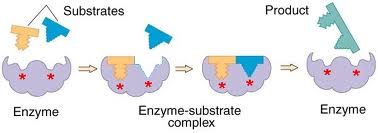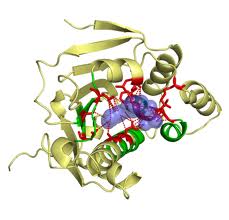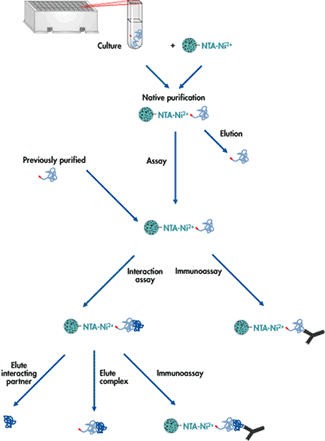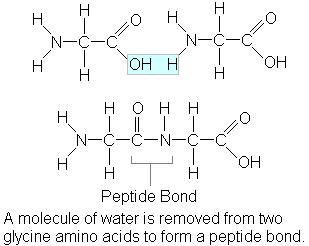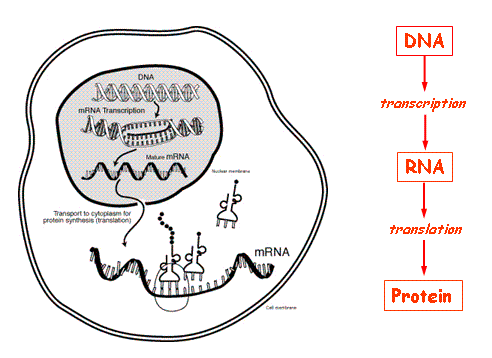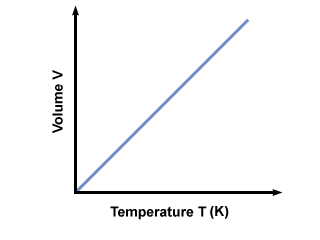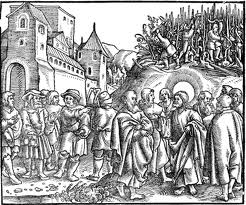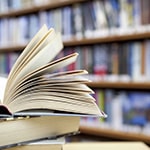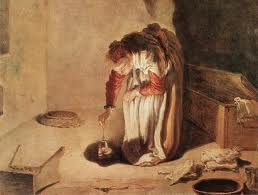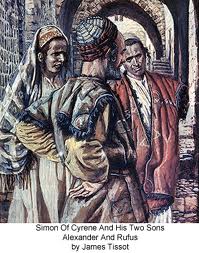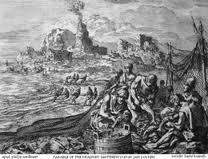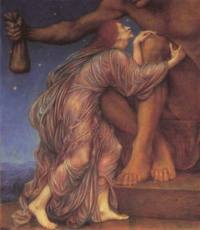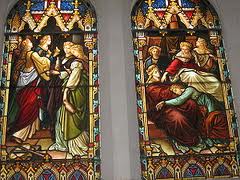William completed his Bachelor of Science and Master of Arts in 2013. He current serves as a lecturer, tutor and freelance writer. In his spare time, he enjoys reading, walking his dog and parasailing.
Article last reviewed: 2022 | St. Rosemary Institution © 2010-2025 | Creative Commons 4.0
Kohlberg’s six-stage theory was an extension of Jean Piaget’s cognitive development theory (how people learn and use knowledge is affected by both social and psychological factors). Kohlberg extended on Piaget’s theory, proposing that moral development is a continual process that occurs throughout the lifespan (the stage you are in life determines your level of moral…
Erikson’s theories are the best-known theories of personality and development. Erikson believed that personality develops in a series of predetermined stages. His theories are psychosocial, and not psychosexual. Describes the impact of social experience across the whole lifespan. In each stage of development, Erikson described conflicts that act as turning points in life. In Erikson’s…
Enzymes are biological catalysts, responsible for directing the flow of chemical reactions that is the basis for life. By far the majority of enzymes are proteins, but some consist of RNA or a complex of protein and RNA. Enzymes are remarkably specific, acting on only one or a few types of molecules (called “substrates” of…
As mentioned, the range of protein functions is enormous: from passive structural elements to active motor proteins and everything in between. What characteristics of proteins are required for them to carry out these functions? While these characteristics vary from protein to protein, there are some that can be found in most proteins. We will discuss…
It is often necessary to obtain a preparation containing protein molecules of only a single type (a “pure protein”); eg. for medical use or scientific study. With such preparations, one may determine 3D structure, binding affinities, or determine the amino acid sequence. Obtaining a pure protein is generally challenging because there are thousands of proteins…
Proteins are the largest and most varied class of biological molecules, and they show the greatest variety of structures. Many have intricate three-dimensional folding patterns that result in a compact form, but others do not fold up at all (“natively unstructured proteins”) and exist in random conformations. The function of proteins depends on their structure,…
More properly known as alpha-amino acids, their general structure is: Nineteen of the twenty amino acids have the same arrangement around the central alpha-carbon: a. an amino group, b. a carboxyl group, c. a hydrogen, and d. an R group (called the “side chain”) which differs for each amino acid. Recall that when 4 different…
The term “dogma” describes a doctrine or code of beliefs accepted as authoritative. The central dogma of biology refers to the way that genetic information is stored and retrieved in living cells. The classic relationship is DNA > RNA > Protein. Thus DNA functions as the information storage molecule, and this information is “read out”…
Observations Volume and Temperature Trial T1 (temperature of the air in the flask of boiling water in Celsius) 99ᵒC T2( temperature of air in cooled flask in Celsius) 7ᵒC A(volume of water in flask at T2) 73 mL V1(volume of air in flask at T1) 250 mL V2( Volume of air in flask at T2)…
The parable of the workers in the vineyard is about several workers who are hired by a man who owns a vineyard, over different periods of time. At the end of the day the people who are hired first expect to be paid more than those hired later. But, the man pays all of the…
The parable of the prodigal son is about a young man who demands his father’s inheritance while he is still living. He takes the money and foolishly squanders it. He comes back and repents to his father and is taken in with open arms. Meanwhile, the father has a second son, who becomes jealous of…
The parable of the unmerciful servant is about a servant whose master ordered him to pay back 10 000 talents of money. The servant could not pay the money and asked his master for mercy. The master told him he did not have to pay off the debt. Then another servant who owed the servant,…
The parable of the ten virgins is a story about ten virgins who are awaiting a bridegroom’s arrival. There are five virgins who are prepared for the arrival and they await him with a jar of oil. The five virgins who are not prepared do not have a jar of oil and leave to go…
The parable of the lost coin is the story of a woman who loses one of her ten silver coins. She looks through her entire house and rejoices when she finds the coin. After finding this coin, the lady makes it seem like one coin has become more valuable than all of the other nine…
The parable of the two sons is about a father who tells his first son to go work in the vineyard. The son says he does not want to, but he winds up working on it anyway. When the father tells his second son to go work on the vineyard, he tells him he will…
The parable of drawing in the net is a story told by Jesus about a fisherman who catches many fish from the lake. He keeps the ones which he likes and he throws away the ones which are bad. The significance of this story to me is the judgment theme. The fisherman in this parable…
The parable of the unjust judge is a parable told by Jesus about a judge who did not fear God, nor care for his fellow man. He is approached by a lady, who asks him to grant her justice. The judge decides to grant her justice so that she will stop bothering him. God accepts…
The parable of the wise and foolish builders is a parable told by Jesus telling people to listen to his advice. Jesus takes the man who built his house on the rock as an example. In extreme conditions the man whose house was built on a rock survived through the storm. The foolish builder built…
The Good Samaritan is the story of a man who was robbed and beaten and left for dead. While he is lying there clinging to life, he is passed by several people of the prominent ethnic groups and communities who choose not to help him. Finally, a Samaritan who is not as prominent and has…
Customer relationship management (CRM): The overall process of building and maintaining profitable customer relationships by delivering superior customer value and satisfaction. (Software that keeps your files, banking systems have all your information stored). The software can be assessed from wherever because its on the companies server. CRM entails cultural changes: CRM is an overall company…



